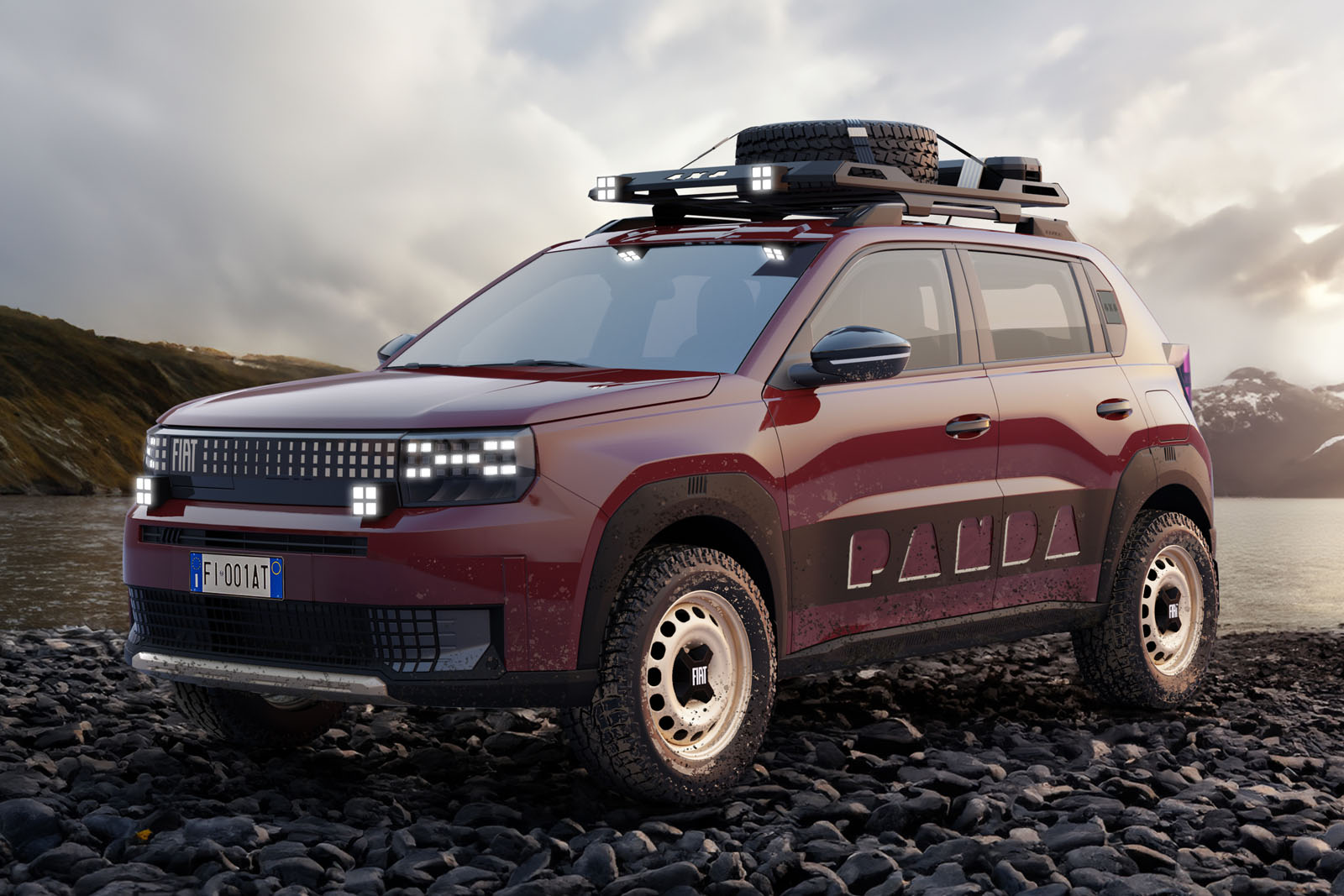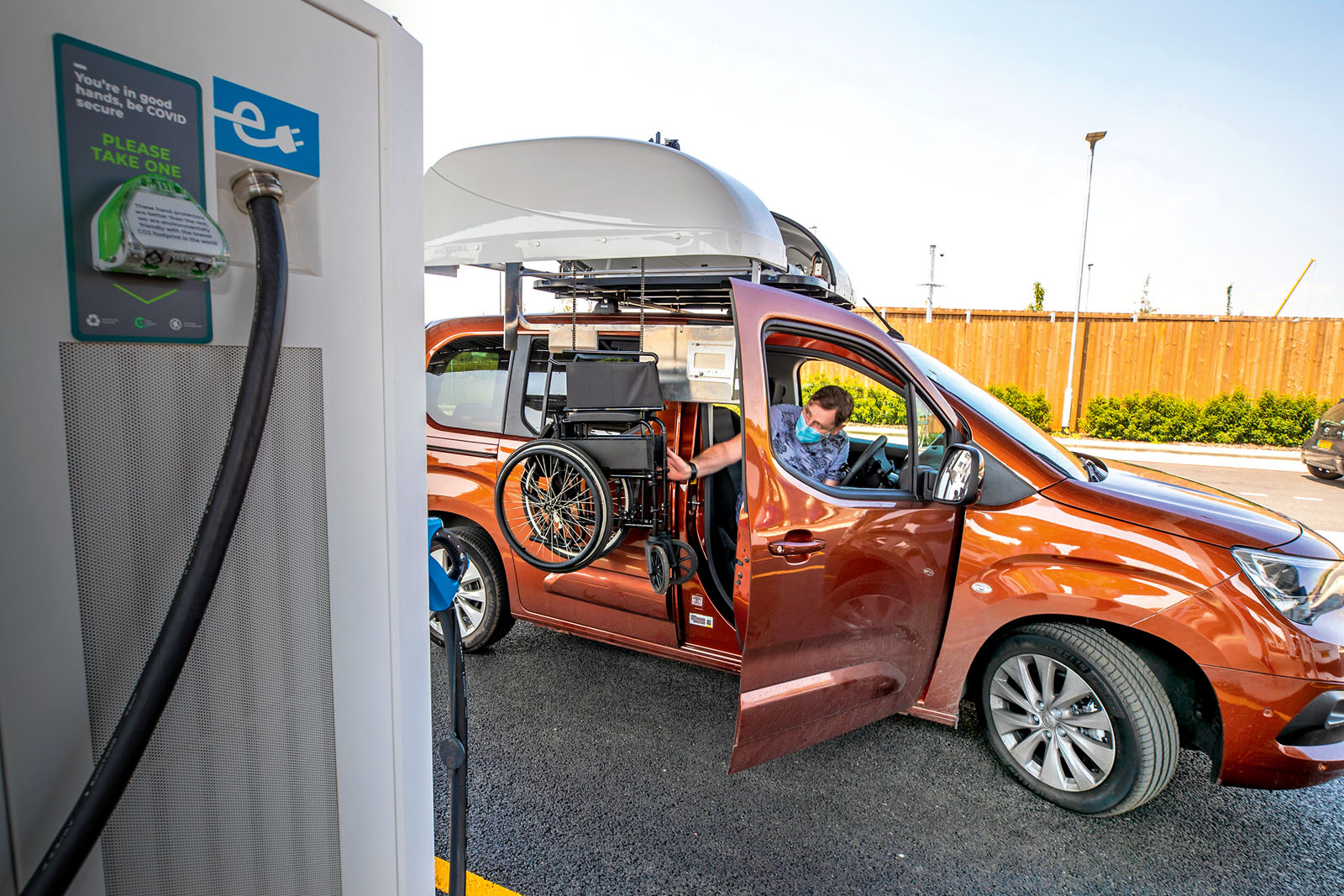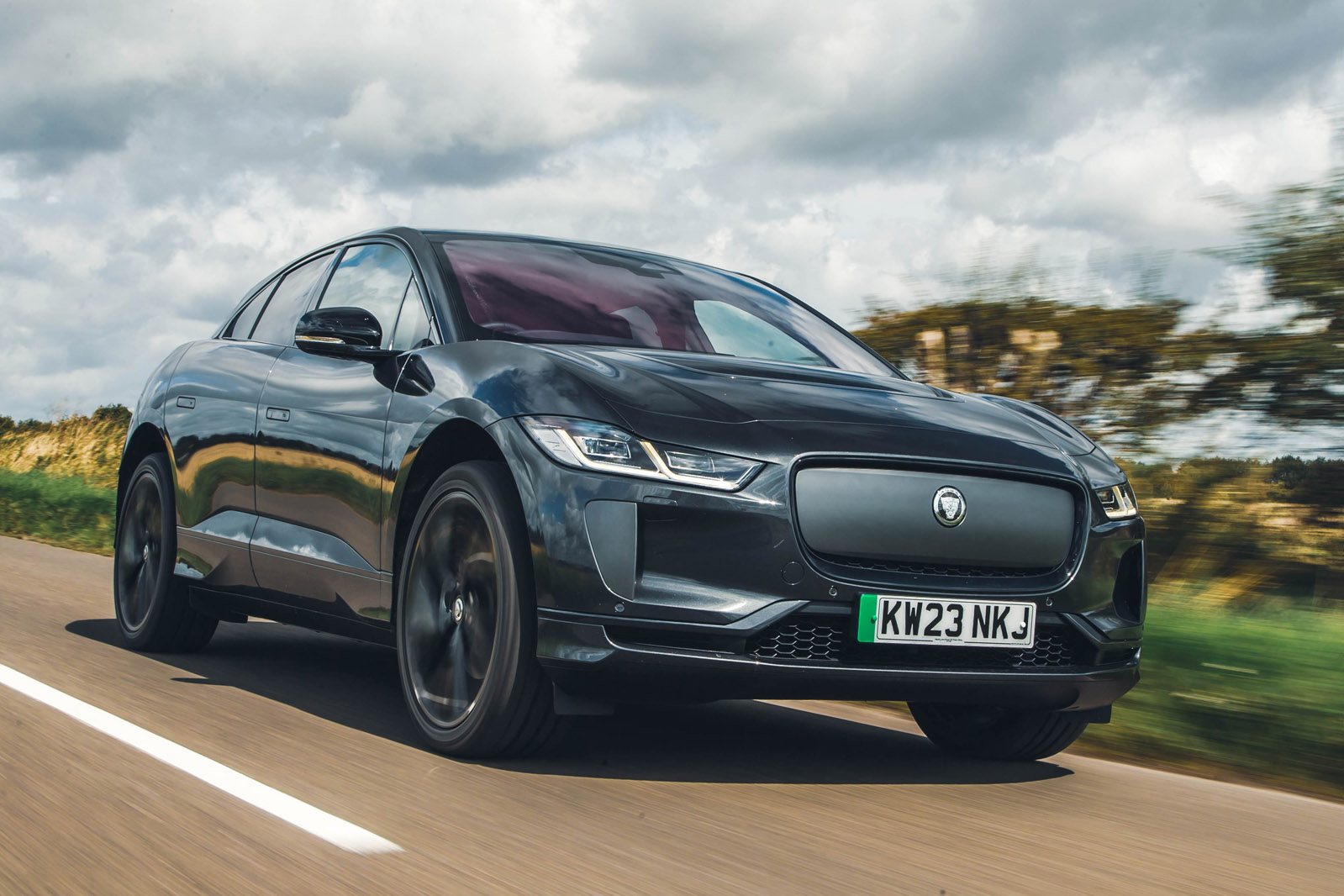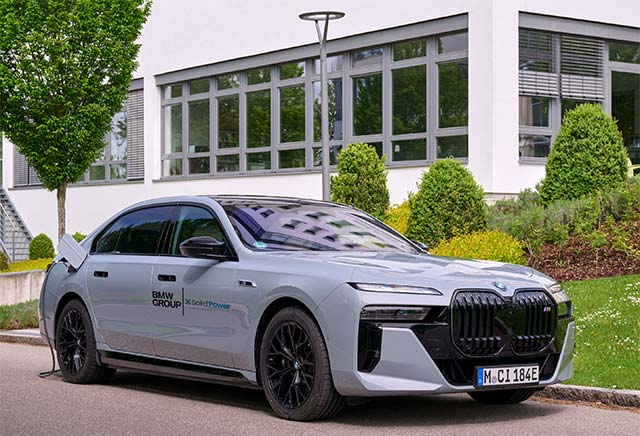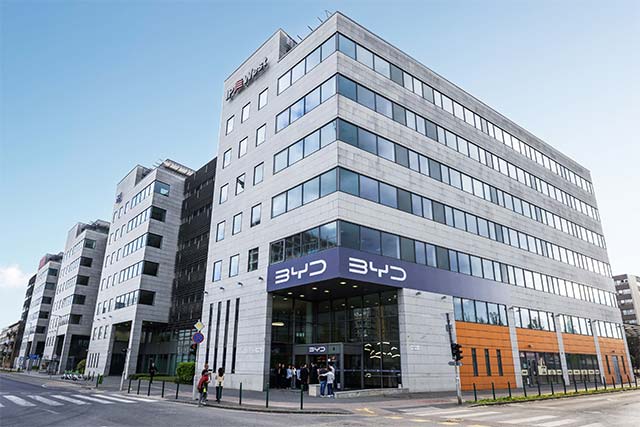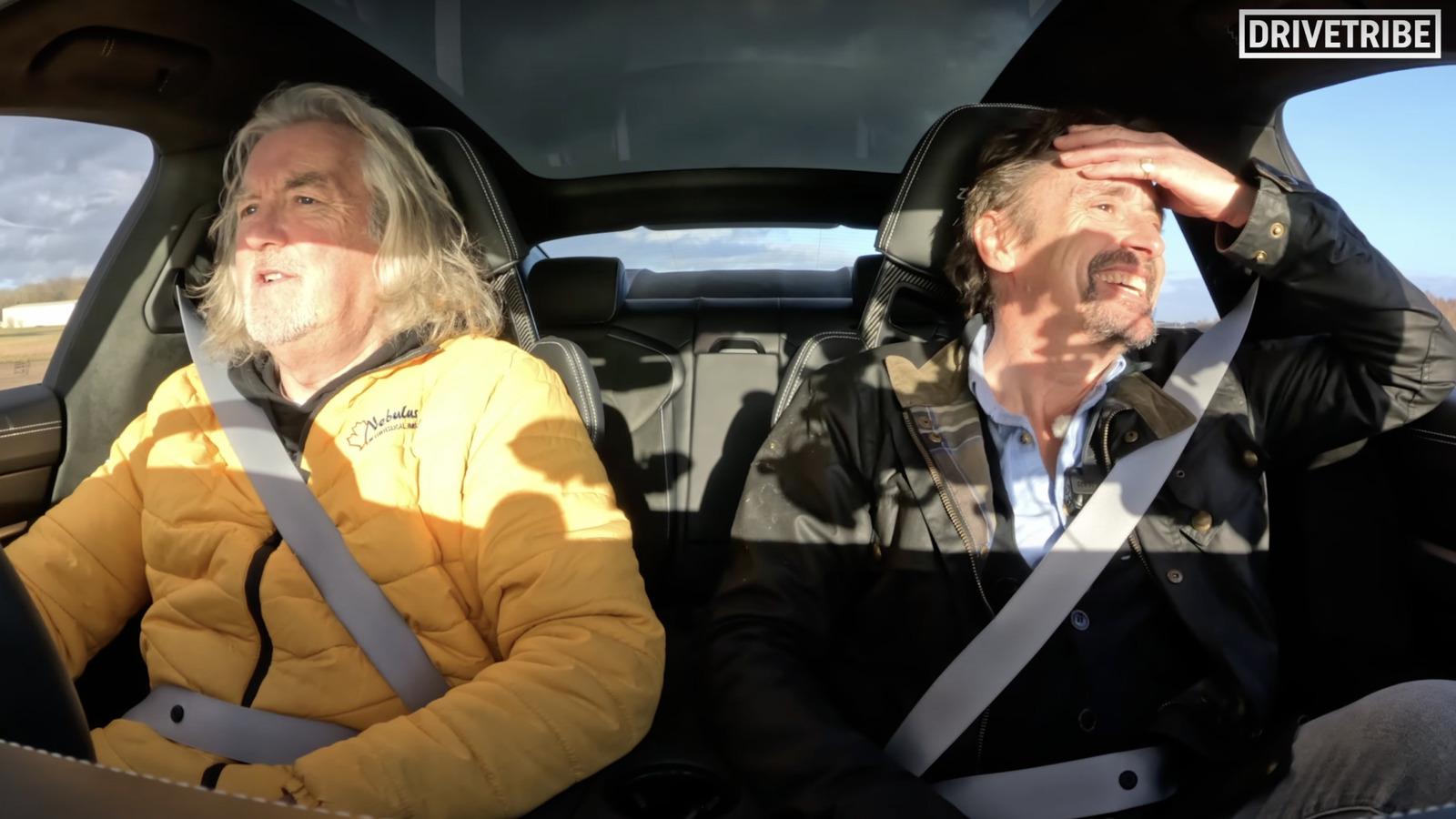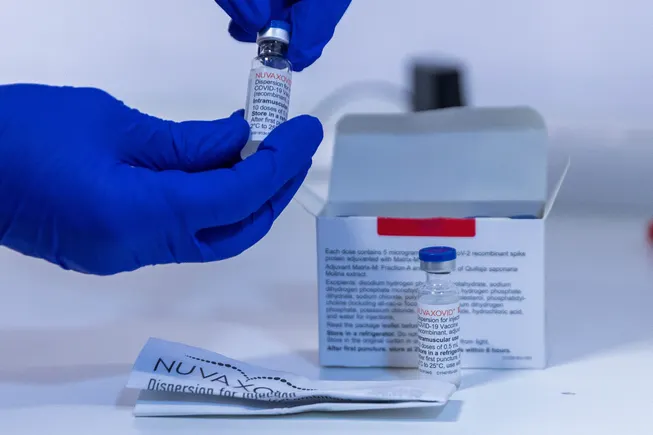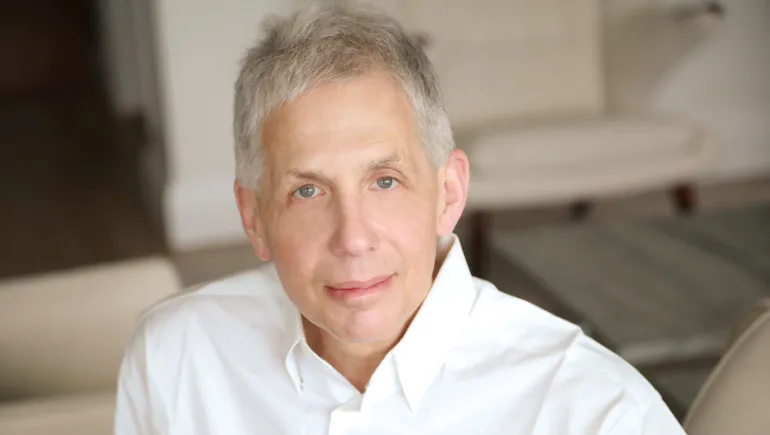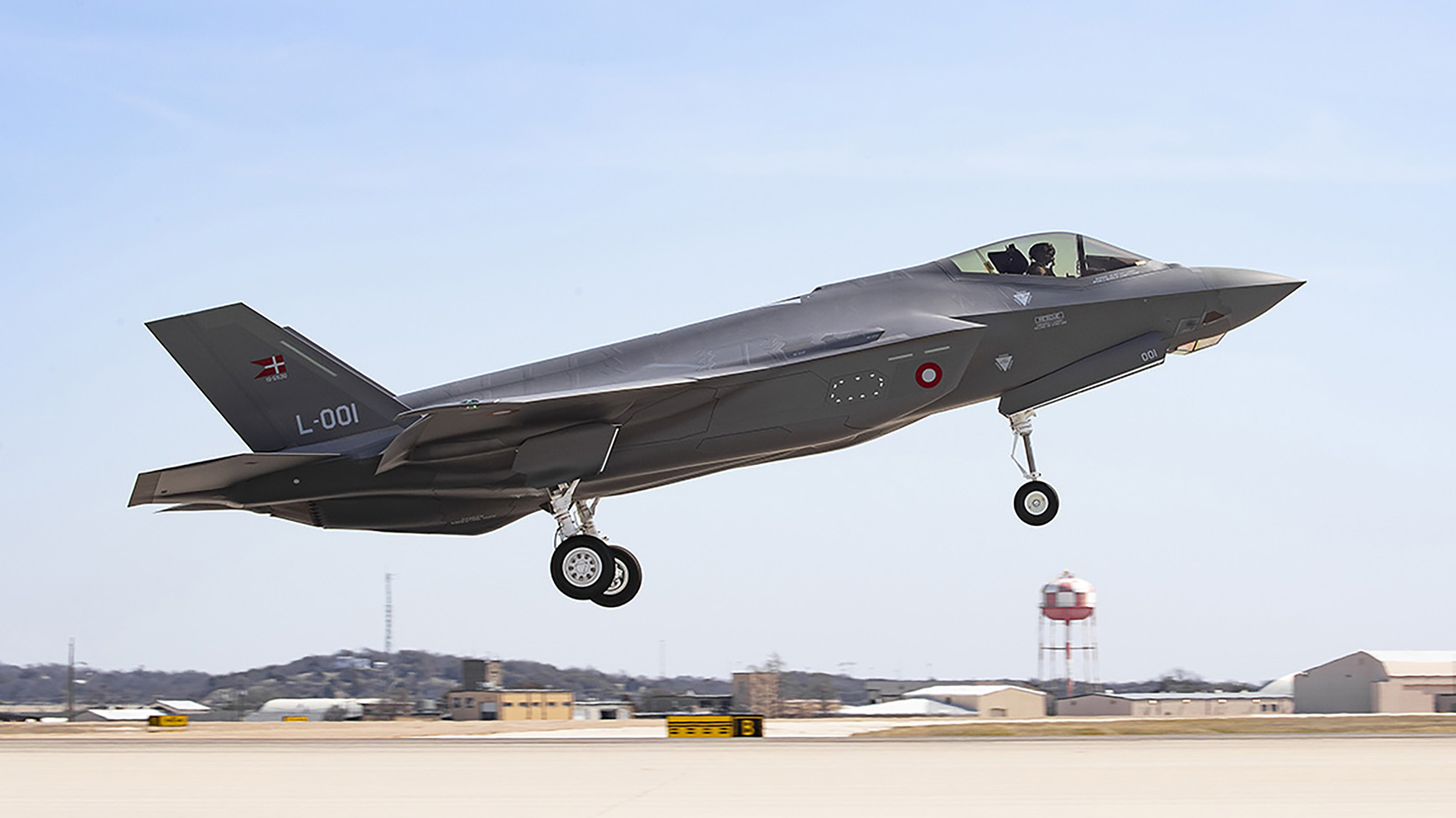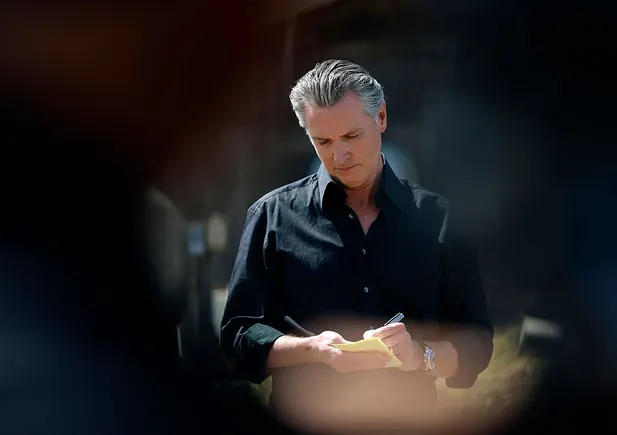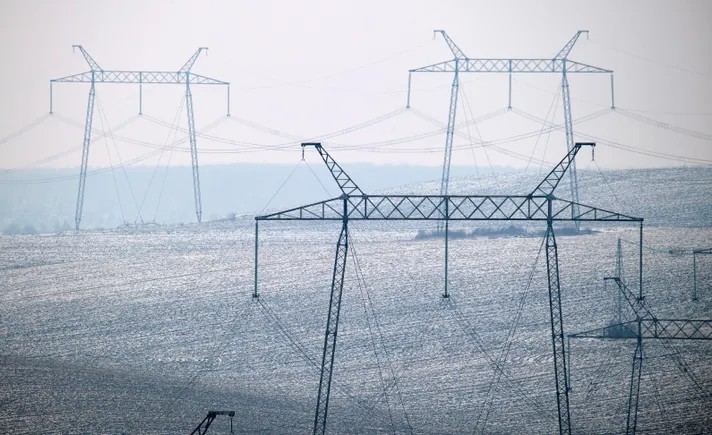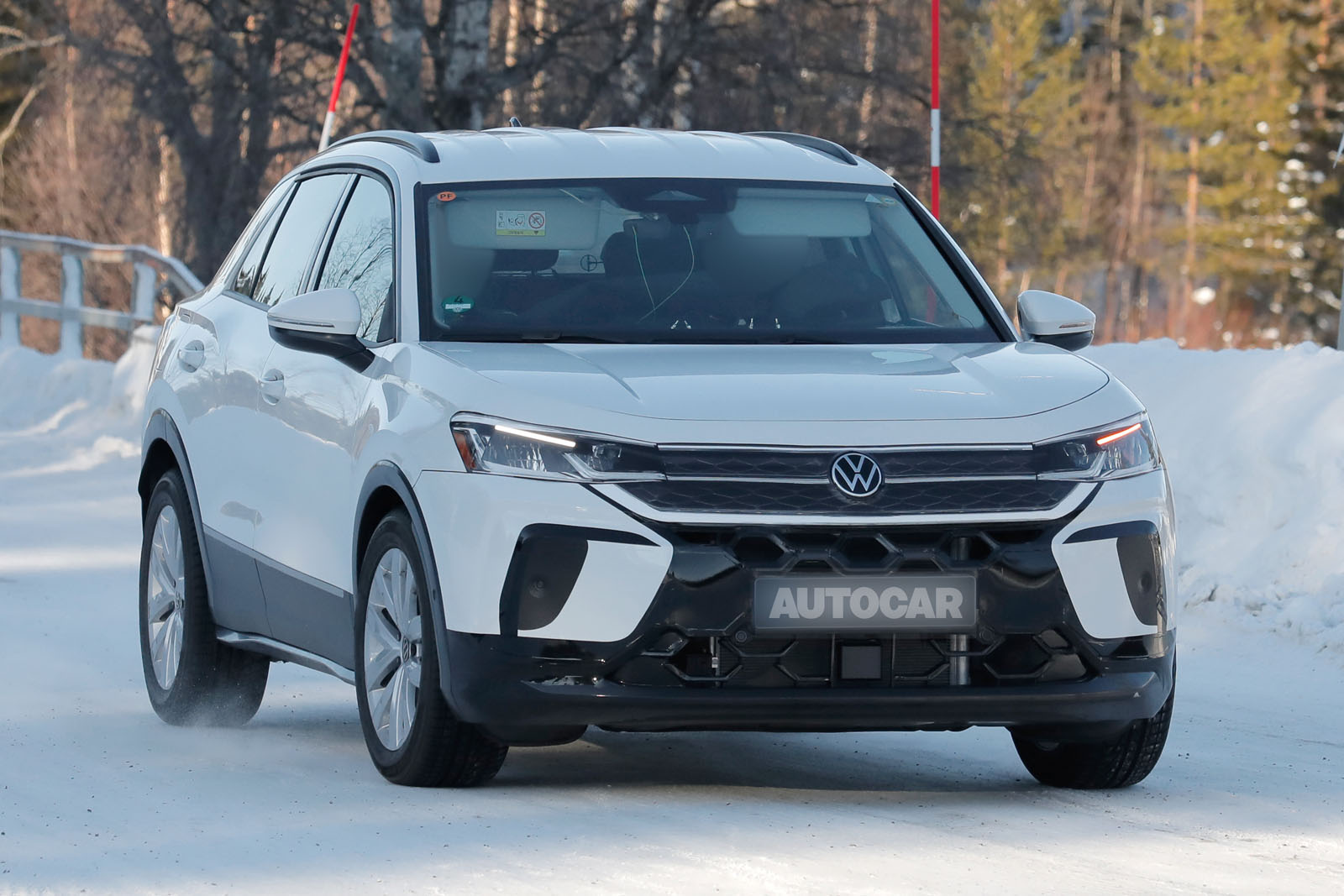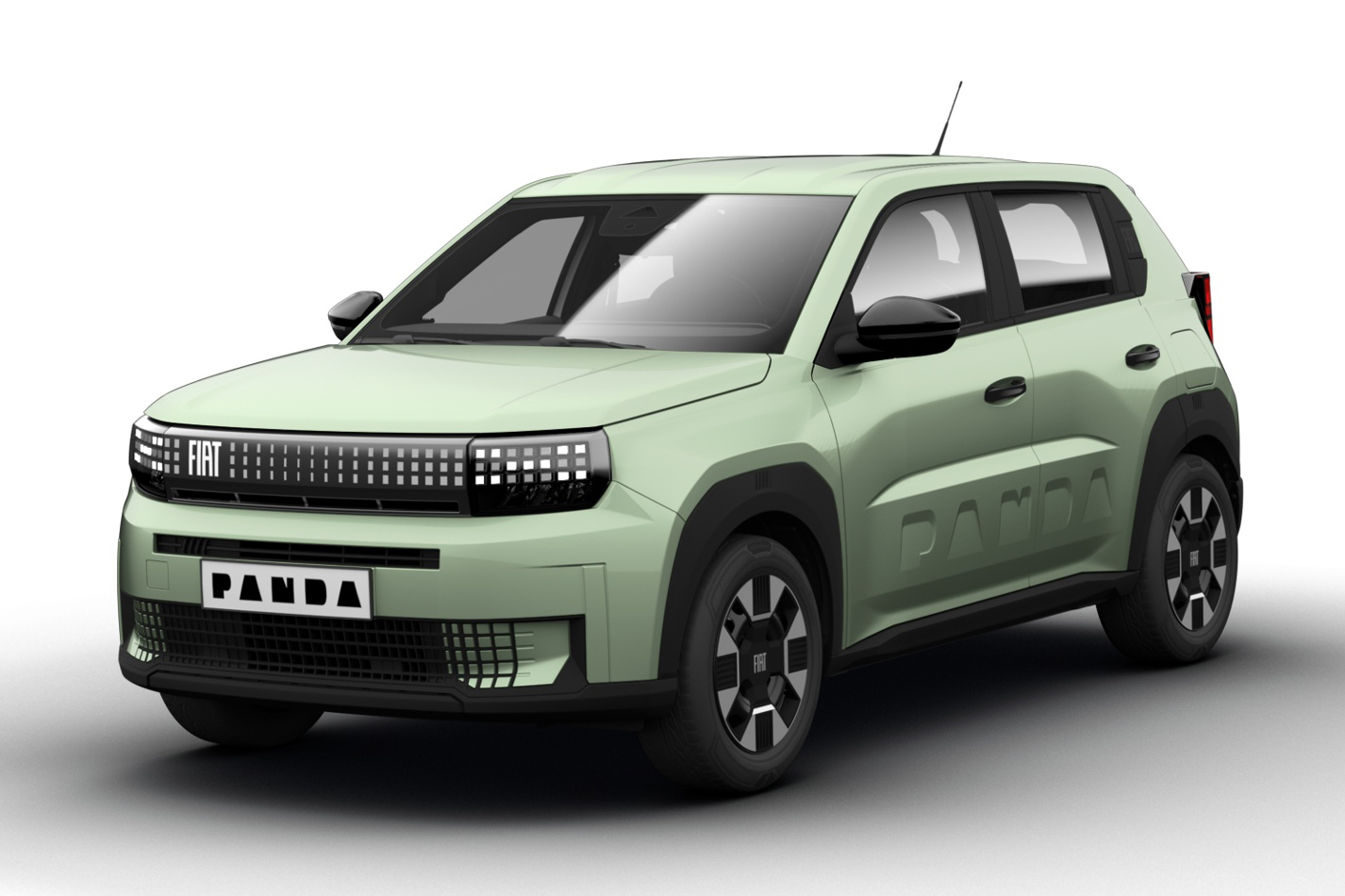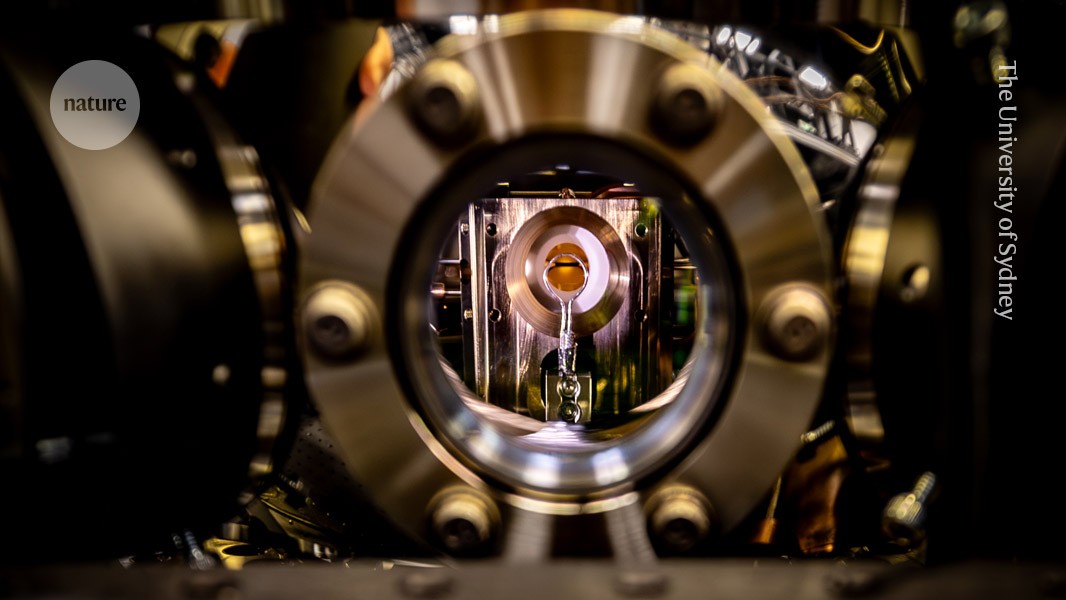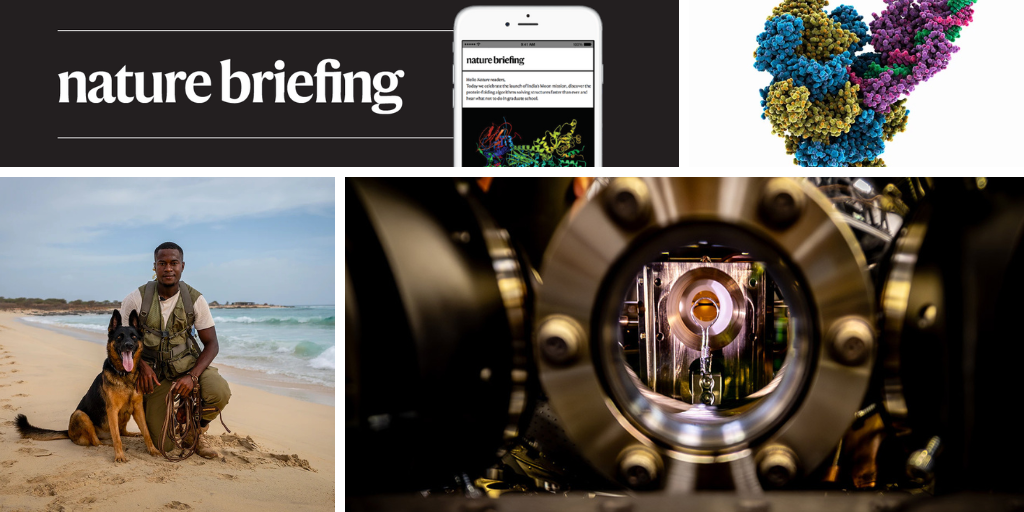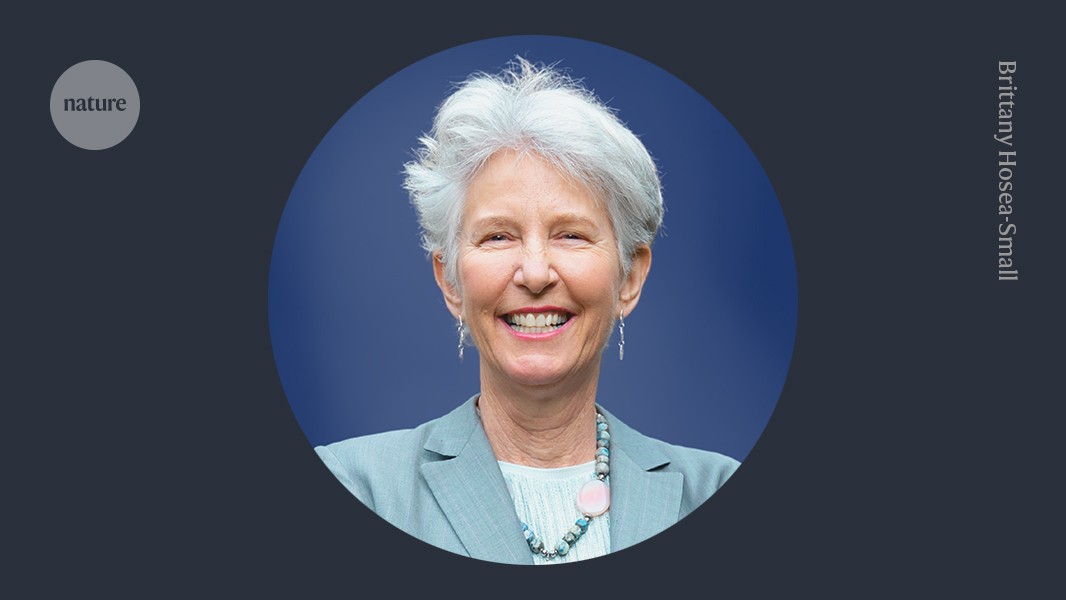Horse boss: 'definitely' more to come from ICE despite shift to EVs
Downsizing and thermal efficiency are key to the engine builder's mission as growth in EV uptake slows The rush to electric cars has generally coincided with a slowing down if not a complete pause in looking for breakthroughs in internal combustion engine development. Car makers’ pockets typically do not run deep enough to invest so heavily in parallel technologies. Yet with EVs set to make up only half of all global sales by 2040, what about the other half? In the context of reducing emissions, Horse Powertrain CEO Matias Giannini asks: “Do we accept that 50% of cars being electric is enough?” Surely, reducing emissions of all kinds every step of the way and at every opportunity is logical – and that’s where Horse comes in: “to continue to improve the other 50%”. Not even a year old, Horse was spun out of the engine divisions of Geely (including Volvo) and the Renault Group. It is a start-up with a difference: it is a profitable business that’s not looking for extra investment and it has already banked some rather large customers. Giannini wants to help all car makers with engine design, development and manufacture. That includes everything from more traditional powertrains to compact hybrids that fit in the space of an electric motor in what were thought to be battery-electric-only architectures. Petrol-powered Renault 5, anyone? Any public opinion issues aside, the industry is stuck on engine development, says Giannini, because profits were ploughed into developing EVs that aren’t selling. The hybrid conversion for EVs in particular excites him and “is the only way OEMs are going to make money” on natively BEV models that have limited global appeal. Brazilian-born Giannini is a mechanical engineer by trade and a self-confessed car guy. In a near-30- year varied career, he has worked on everything from brakes, suspension, chassis and powertrains across all different disciplines. In his most recent role, he did something similar to Horse at Continental, breaking out its engine operation as a stand-alone entity. All of these experiences have resulted in what he calls this “mission” being “so appealing”. He says there is “definitely” more to come from ICE, including developments in precombustion, alternative fuels, material use, turbochargers, emissions and exhausts. Thermal efficiency is another key area and in China in particular “there is a race for thermal efficiency”. He says: “Everybody is talking about it. Can we get to 43%, 45%, 46%? Who is going to have the best? Who knows how far we can get: 48%? Powertrain engineers say 50% is physically impossible, but I think there’s room to improve in that direction.” It’s easier to list who Horse isn’t speaking to, says Giannini, in partnering car makers that see the value in what he is offering amid “incredible” early progress. Don’t write off ICE just yet.

 Downsizing and thermal efficiency are key to the engine builder's mission as growth in EV uptake slows
Downsizing and thermal efficiency are key to the engine builder's mission as growth in EV uptake slows
The rush to electric cars has generally coincided with a slowing down if not a complete pause in looking for breakthroughs in internal combustion engine development. Car makers’ pockets typically do not run deep enough to invest so heavily in parallel technologies.
Yet with EVs set to make up only half of all global sales by 2040, what about the other half? In the context of reducing emissions, Horse Powertrain CEO Matias Giannini asks: “Do we accept that 50% of cars being electric is enough?”
Surely, reducing emissions of all kinds every step of the way and at every opportunity is logical – and that’s where Horse comes in: “to continue to improve the other 50%”.
Not even a year old, Horse was spun out of the engine divisions of Geely (including Volvo) and the Renault Group. It is a start-up with a difference: it is a profitable business that’s not looking for extra investment and it has already banked some rather large customers.
Giannini wants to help all car makers with engine design, development and manufacture. That includes everything from more traditional powertrains to compact hybrids that fit in the space of an electric motor in what were thought to be battery-electric-only architectures. Petrol-powered Renault 5, anyone?
Any public opinion issues aside, the industry is stuck on engine development, says Giannini, because profits were ploughed into developing EVs that aren’t selling. The hybrid conversion for EVs in particular excites him and “is the only way OEMs are going to make money” on natively BEV models that have limited global appeal.
Brazilian-born Giannini is a mechanical engineer by trade and a self-confessed car guy. In a near-30- year varied career, he has worked on everything from brakes, suspension, chassis and powertrains across all different disciplines. In his most recent role, he did something similar to Horse at Continental, breaking out its engine operation as a stand-alone entity.
All of these experiences have resulted in what he calls this “mission” being “so appealing”. He says there is “definitely” more to come from ICE, including developments in precombustion, alternative fuels, material use, turbochargers, emissions and exhausts.
Thermal efficiency is another key area and in China in particular “there is a race for thermal efficiency”. He says: “Everybody is talking about it. Can we get to 43%, 45%, 46%? Who is going to have the best? Who knows how far we can get: 48%? Powertrain engineers say 50% is physically impossible, but I think there’s room to improve in that direction.”
It’s easier to list who Horse isn’t speaking to, says Giannini, in partnering car makers that see the value in what he is offering amid “incredible” early progress. Don’t write off ICE just yet.















